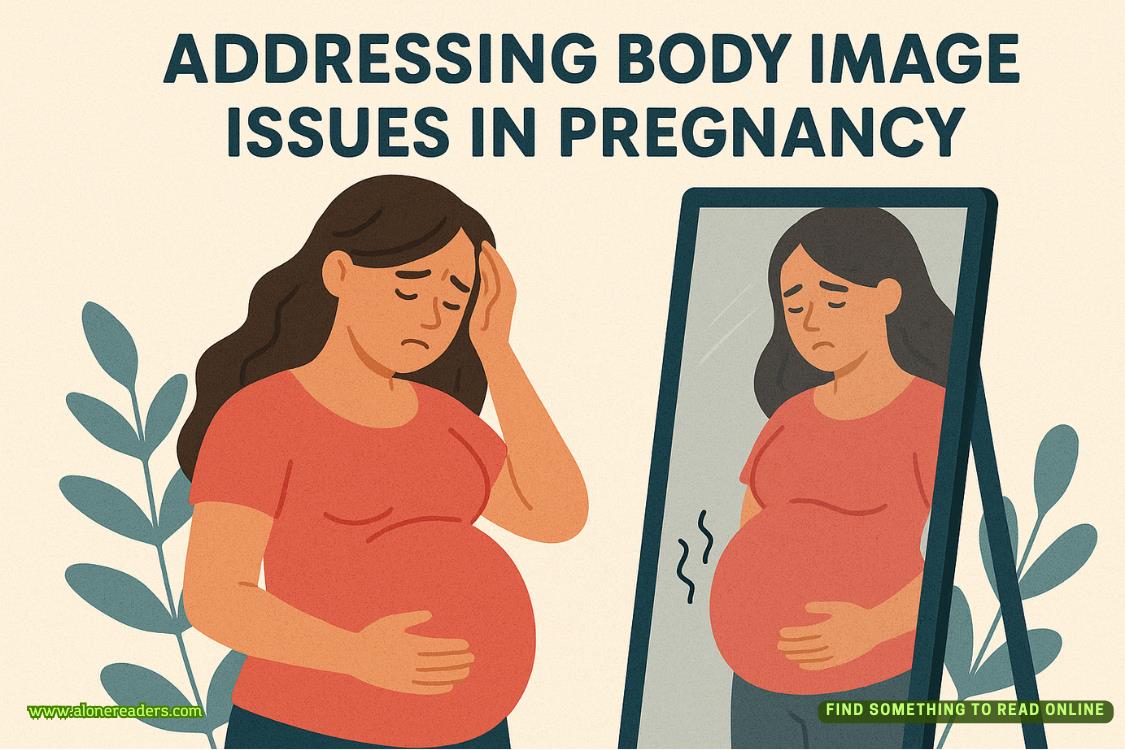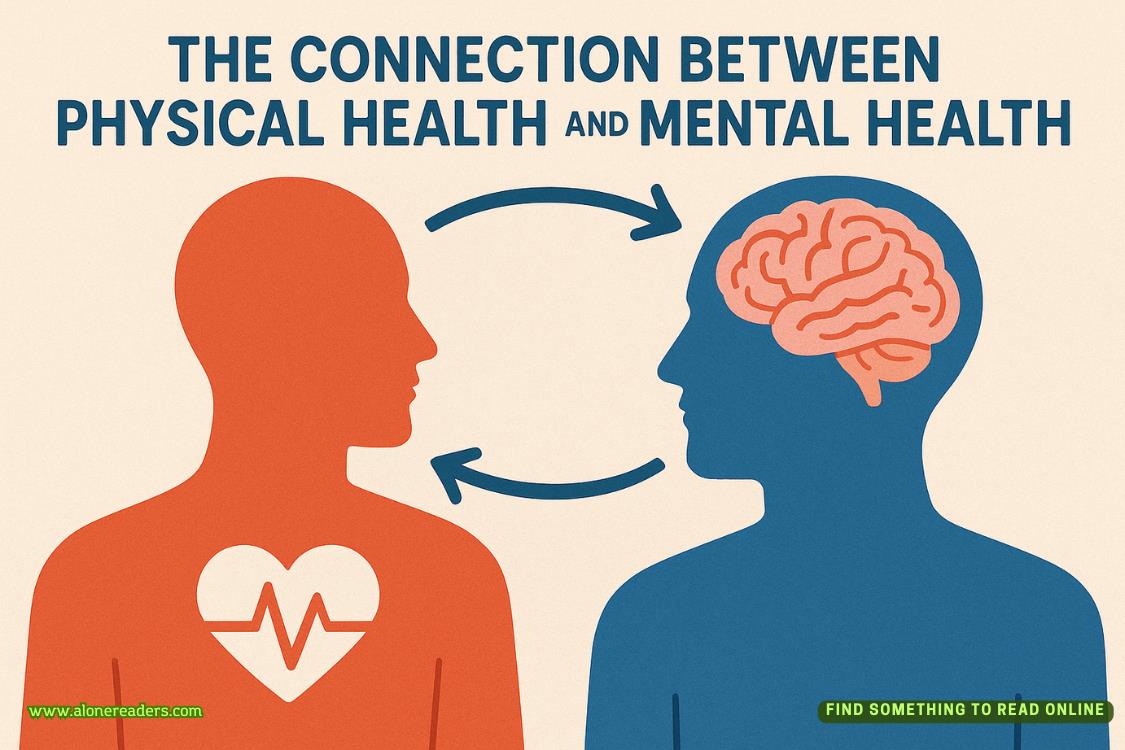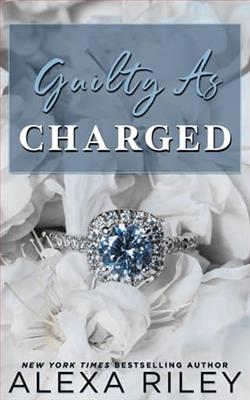Page 31 of The Bride Wore White
That was an annoying observation, because it contained a whisper of truth.
“I’m just trying to do my job,” he said. He knew he was speaking a little more firmly—more assertively—than was absolutely necessary. All right, he sounded as if he was trying to defend himself. “Luther Pell is employing me to protect you and to find out who tried to set you up for murder.”
“Never mind. I’ve got a few questions of my own. Why do you find me and my case so interesting?”
He watched her for a long moment, trying to decide how much to tell her.
“Do you remember the reason Pell asked me to consider taking your case?” he asked.
“He said you were skilled at this sort of work, that you were convenient because you live here in Burning Cove, and, mostimportant of all, you had taken an interest in my problem.” Prudence paused. “I got the impression that I was supposed to be quite thrilled by that last bit.”
“All true,” he said, ignoring the sarcasm. “But there is one more reason. As Luther told you, I’m developing a technique of criminal analysis that I’m hoping will be applicable to a wide variety of cases. Your situation is unique and, therefore, interesting. Luther is curious to see if my methods can be applied to your case. So am I.”
“In other words, I am a research project for you.” She looked as if she could not decide if she was relieved to have her suspicion confirmed or if she was irritated. “That explains a great deal.”
He watched her intently. “Does it worry you that I am motivated by scientific curiosity?”
“Nope.” She took a tiny sip of her cocktail. “I wanted an answer and I got one.” She paused ever so briefly before adding, “Or maybe I should say I got a partial answer. Tell me about your theory of criminal analysis.”
“I’m sure you would find it extremely boring.”
“Try me.”
It was a dare, a challenge, and he realized he was going to respond to it.
“All right,” he said. “Feel free to stop me when you realize you are about to fall asleep.”
“I will.”
He deliberately launched into the lecture using his most pedantic voice. “Law enforcement personnel, especially the FBI, and others who study the criminal mind have been searching for methods of studying crime scenes and using the observations to create descriptions of the perpetrators.”
“You mean a picture? A drawing? How would that be possible unless there was an eyewitness?”
“Not a photographic likeness, although ideally it should be possible to deduce several specific aspects of a person, such as age and gender.” Jack sat forward and folded his arms on the table. He had set out to prove he could be a monumentally boring conversationalist, but he could feel the passion for his subject rising to the surface. “I’m talking about an analysis that produces a list of personality and behavioral characteristics that makes it possible to compile a number of reasonably accurate assumptions about the subject.”
“Such as?”
“A good crime tree could provide—”
“A tree?”
“Right, like a family tree. In fact, ideally, a crime tree would include some information about the subject’s family and associates. It would indicate the motives and emotions driving the criminal. It would tell us if he went about the crime in a disciplined fashion or if he acted on impulse. Whether he was insane or simply a cold-blooded sociopath. It should provide some sense of the subject’s educational background, his age, the sort of career he is in, and even a sense of where he lives.”
“In other words, your goal is to narrow the field of suspects so that the investigators can focus their attention on the most likely bad guys.”
“Exactly,” he said. “The idea is to stop criminals, especially killers, before they can strike again.”
“Ah, so you are attempting to devise a method of predicting the behavior of the criminal.” Prudence paused for emphasis. “No offense, but it sounds a lot like a psychic reading.”
“No, damn it,” he said, his voice tightening. “You are not going to sucker me into an argument about the differences between metaphysics and real science. You wanted an explanation of my method. I’m giving you one.”
“Okay.”
“My technique is designed to provide an evidence-based approach to solving violent crimes. After all, we do know a great deal about criminal behavior.”
“Really? Such as?”
“It’s astounding how many times the criminal is standing just offstage, watching the progress of the investigation from the shadows.”















